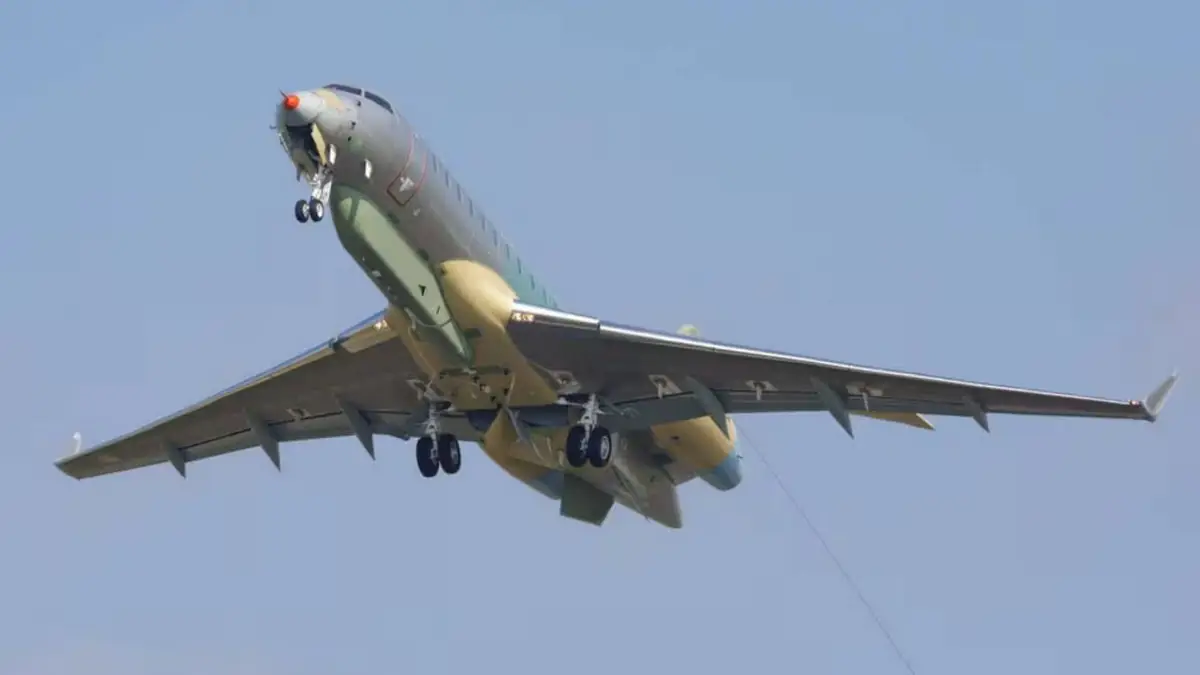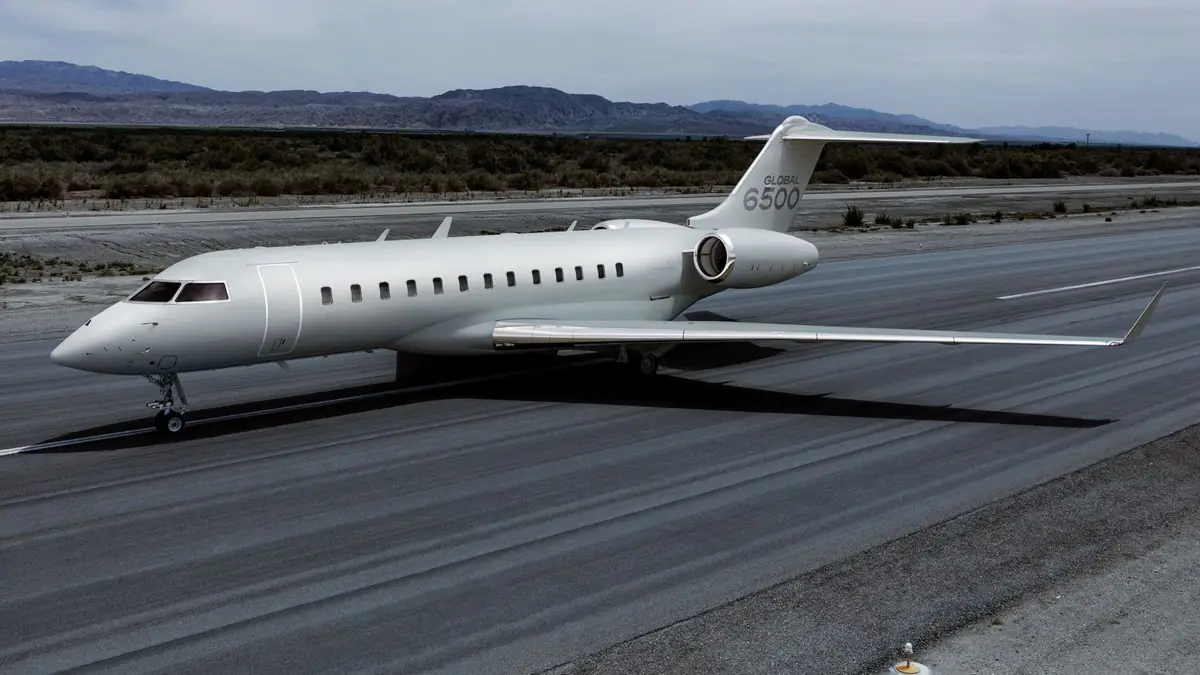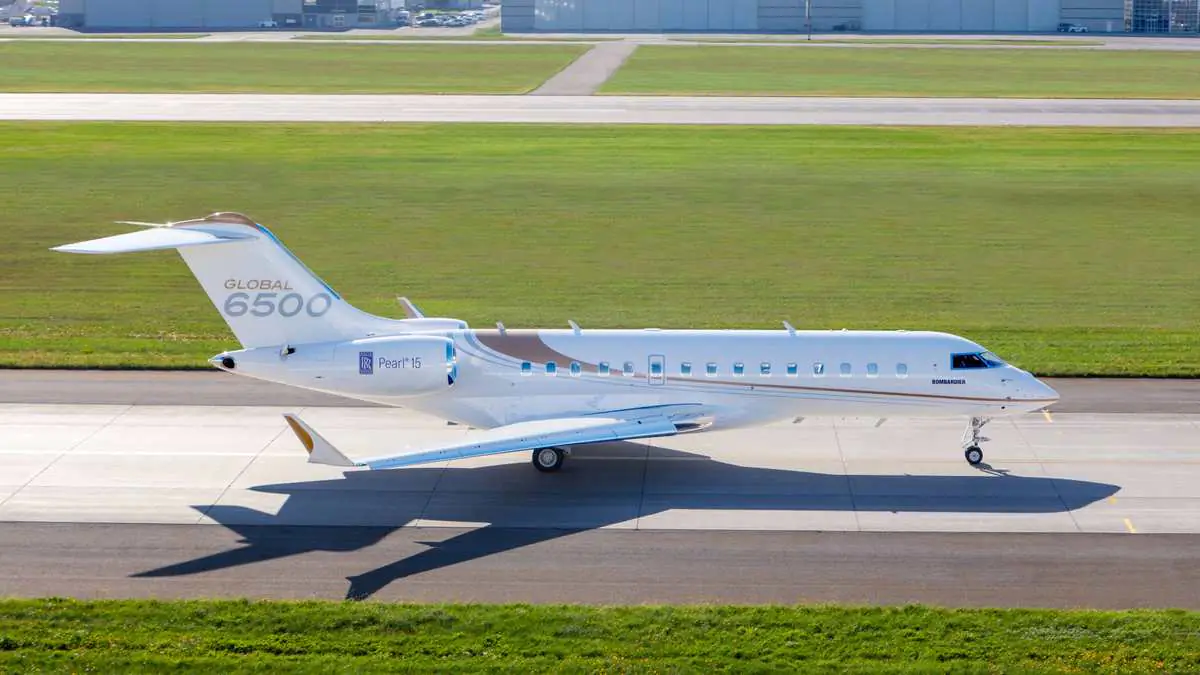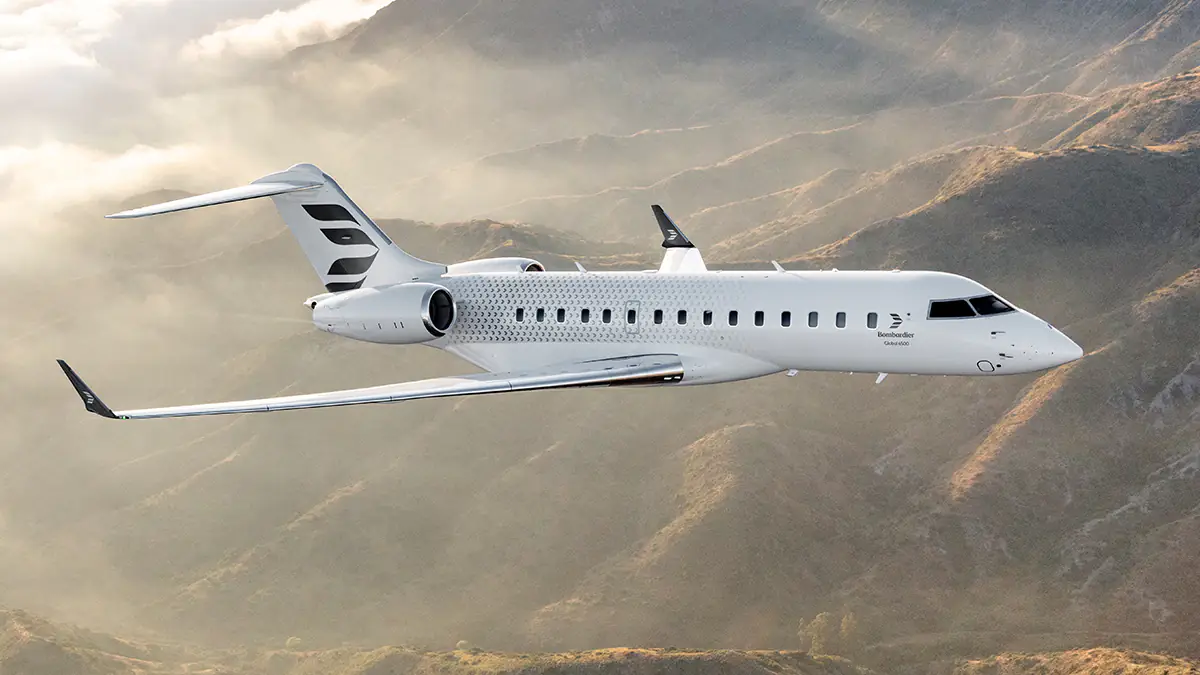The U.S. Army is considering testing drone launches from a specialized version of the Bombardier Global 6500, designed for special missions. This initiative aims to enhance the capabilities of the service’s High Accuracy Detection and Exploitation System (HADES), which is based on the Global 6500 platform. The first HADES aircraft was delivered in November last year. Concerns have long been raised about the survivability of HADES in contested airspaces, and integrating drone-launching capabilities is seen as a potential way to address this challenge.
HADES is intended to provide the Army with advanced airborne Intelligence, Surveillance, and Reconnaissance (ISR) capabilities. This platform is expected to significantly outpace existing Army ISR assets, offering higher altitude, greater speed, extended range, and longer mission endurance. Additionally, it will carry a more extensive payload of advanced sensors. The Army recently issued a Request for Information (RFI) outlining its plans for a demonstration, which it hopes to conduct during the 2026 fiscal year.

Launch effects, previously referred to as Air-Launched Effects (ALE), represent a category of unmanned systems. The updated terminology reflects their broader application, as these systems can be deployed not only from aircraft, whether manned or unmanned, but also from ground-based or maritime platforms.
Since this is experimental work, it remains unclear whether the launch effects will be tested specifically on the HADES system, another platform based on the Global 6500, or even a completely different aircraft. However, the Army has stated that it is exploring the potential integration of launch effects into medium- and high-altitude aerial platforms designed for air intelligence, surveillance, and reconnaissance (A-ISR) missions.
In addition to HADES, the Army already operates other intelligence platforms based on the Global 6500, which could also be utilized for demonstrating launch effects. These include two Global 6500 aircraft modified under the “Next-Generation High-Altitude Expeditionary Airborne Sensor for Theater-Level Intelligence (Athena-S)” project, as well as another pair of Global 6500 aircraft adapted under the “Athena-Radar” project. There have been at least two prior indications that the Army is considering integrating strike capabilities into its HADES aircraft.

Speaking at the handover ceremony for the first HADES aircraft at the Bombardier Defense facility in Wichita, Kansas, in November last year, Andrew Evans, Director of the G-2 Radar Task Force at the U.S. Army Headquarters (HQDA), confirmed that launch effects are part of the aircraft’s development concept. Addressing a question about integrating launch effects into HADES, Evans stated: “At a strategic level, we understand the need to move in this direction. How we achieve this remains unclear for now. When we will achieve it is also uncertain, but we recognize the necessity to continue adapting, including addressing the adversary’s ability to generate probes and exert influence over greater distances.” Evans further noted that the current HADES configuration “offers incredible capabilities” but emphasized that it “could become even more effective if we could double or triple the system’s impact by deploying sensors beyond the rails.”
There have been previous speculations that HADES might incorporate launch effects or potentially other types of expendable payloads. An official conceptual rendering of the aircraft, released by the Army in early 2024, depicted two pylons under each wing, although the specific munitions they were designed to carry were not identified. HADES is intended for global deployment, offering versatile sensing capabilities at higher altitudes and with greater endurance compared to the Army’s existing fleet of aircraft. As of July last year, discussions about launch effects were primarily focused on their potential integration with HADES.

In a conversation with Breaking Defense regarding the wing-mounted pylons on HADES, Andrew Evans confirmed that they would enable the Army to integrate new capabilities – potentially including defensive measures – without requiring significant changes to the aircraft’s core configuration. “We’re looking at this with great interest, right? Protecting something like this becomes very important,” Evans stated, emphasizing that launch effects are one of the potential payload options for these pylons. When asked whether the pylons could also be used for offensive weaponry, Evans responded that it was unlikely, describing such a use case as “a bit challenging” for their purposes.
Referring back to the Request for Information (RFI), it outlines a requirement defined by the Special Electronic Mission Aircraft Product Directorate under the Army’s Fixed Wing Project Office (FWPO). The document specifies that launch effects must be “integrated into the hardpoints of an all-weather, pressurized, large-frame aircraft certified by the U.S. Federal Aviation Administration (FAA) under FAR Part 25 as a transport-category aircraft.” This description specifically points to the aforementioned Global 6500 platform.

Few details have been provided regarding the payload or functions that the launched effects are intended to perform. However, interested companies are asked to provide information about their previous collaboration with companies involved in the integration of intelligence, surveillance, and reconnaissance (ISR). This suggests that the primary focus at this stage is on enhancing the reconnaissance capabilities of the carrier aircraft, though this does not necessarily exclude defensive systems, as previously mentioned by Evans. Another significant aspect of the RFI is that companies are required to specify any additional equipment necessary on the carrier aircraft for managing and communicating with the launched effect. Among other things, the army expects this to potentially include radio frequency and/or laser data transmission channels, data processing equipment, control and management hardware, as well as antennas.
The push to equip HADES with launch effects is likely, at least in part, driven by concerns about the survivability of the aircraft’s crew, particularly in the context of a potential high-intensity conflict against an adversary of comparable size.

While HADES offers significant advantages over the various fleet of turboprop AWACS platforms it aims to replace, it is far from being low-observable. Even with its enhanced sensor capabilities, it could still fall within the reach of long-range air defense systems when gathering intelligence. This is why HADES will be integrated into a broader ISR architecture known as the Multi-Domain Sensing System (MDSS). This system is expected to include various unmanned platforms, such as high-altitude glider drones and air balloons, designed for operations in the upper layers of the stratosphere.
As for the army’s broader efforts with launch effects, they are becoming increasingly ambitious, with drones being launched from both manned and unmanned air platforms, as well as from the ground.
Source: TWZ








